This is part of the Labeling Basics series in which I am taking labeling back to its most fundamental parts, starting with the legal terms used and then going on to each requirement for soap and cosmetic labels.
One frequent point of confusion when it comes to understanding the labeling laws and regulations is exactly what is meant by the word label. The problem is that there are several regular English definitions for label, each one meaning a slightly different thing AND there is a definition of label that is used in the actual regulations and laws.
Knowing how the word is being used and whether it’s the legal or common definition makes a big difference in making sure your product is correctly labeled.
“Label” – Common Definitions
- A slip of paper, cardboard, metal, or other material that is attached to something to say what it is.
- A blank self-adhesive sticker, normally intended to be written on and then stuck to an object to identify or decorate it.
- To put or write information on something to say what it is.
1. A slip of paper, cardboard, metal, or other material that is attached to something to say what it is.
This is one of the main things that most people think of when they think of a label. It’s the tag in the neck of your t-shirt, the paper stuck to the drawer that says what’s in it, or the plastic strip around a plant that tells what kind of plant it is.
Examples of use:
- The label in the back of my dress was really scratchy.
- I wish she had put a label on each bin so I didn’t have to look in every single one to find the wrapping paper.
- I checked the label the nursery had placed on the tree trunk and found out it was a Fuji apple tree.
- Having pre-printed return address labels is not very common any more.
2. A blank self-adhesive sticker, normally intended to be written on and then stuck to an object to identify or decorate it.
People who aren’t involved in trying to legally label soap and cosmetic products generally call these “stickers.” This type of label is commonly used for products that will be sold because they come blank, are available in many sizes and shapes, and can be printed with your own design and information.
Examples of use:
- I ordered 2” x 2” blank labels for my soap.
- I wrote “Cinnamon Applesauce” on the label before I stuck it to the jar.
- The labels I purchased fit the lip balm perfectly.
- My printer had trouble printing on the sheet of labels.
3. To put or write information on something to say what it is.
Unlike the previous two definitions, this is not a thing, it is an action. The action of putting either a piece of paper with information on something, or writing directly on something to identify what it is.
Examples of use:
- I had to label the jars so I knew what herbs were in them.
- If I remembered to label the bins in my garage, it would be much easier to find things.
- Did you label the Christmas presents for each of the children?
- The movers appreciated the fact that I labeled each box with the name of the room it was to go in.
Directly from the regulations:
A written, printed or graphic display of information …
… On the container of a cosmetic
… Affixed to or appearing on a package containing a consumer commodity.
21 USC 321(k), 21 CFR 1.3(b), 15 USC 1459(c)
This is what the FDA or the government are talking about when they say the “label” of a product. In this case, it’s not the paper or the sticker itself, and it’s not the attaching of something to say what it is; it is the display of the information.
That information (the label) may be written or printed directly on the container or it may be attached to or printed on a package containing a product. The information may be in words or in graphic display (a picture). Examples of graphic displays that are part of a label include symbols such as the “USDA Organic symbol” or a picture of a person in a bath with bubbles to show that the product is bubble bath.
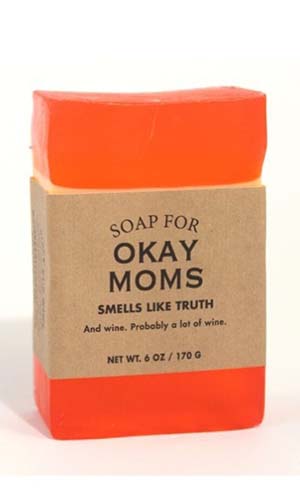
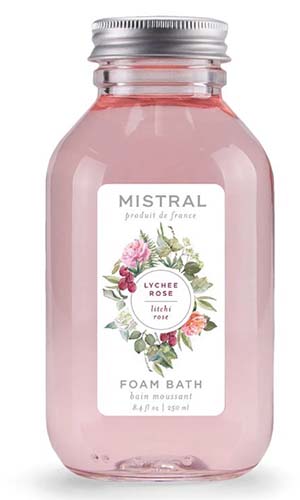
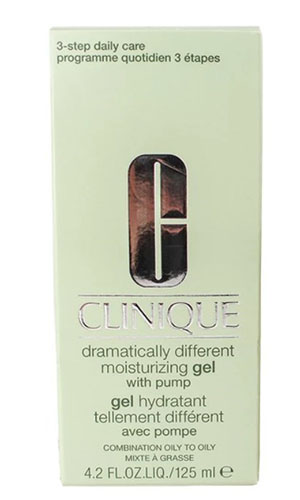
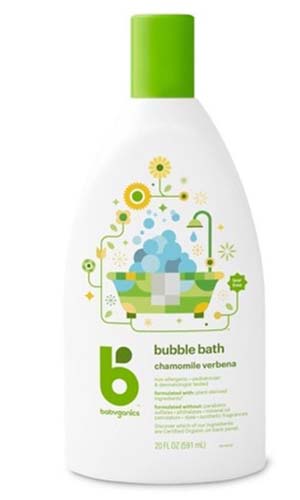
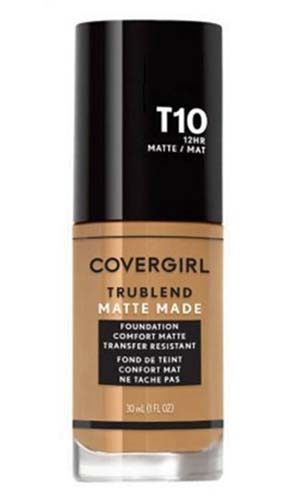
Examples:
Why is it important?
The law defines the term “label.” Whenever the term “label” is used in the law or the regulations everyone reading should know what is meant by that word. When the regulations say that the label must include certain information, they mean that the required information must be included with the information that is “on the container” or “affixed to or appearing on a package.”
They aren’t saying that it only applies when a self-adhesive sticker has been used.

Shameless plug!
To really be able to create your own labels that comply with the regulations, get my book from Amazon and use it.
4th Edition – Released March 5, 2025!!!
Or order directly from me (and get a signed copy)!


Leave a Reply